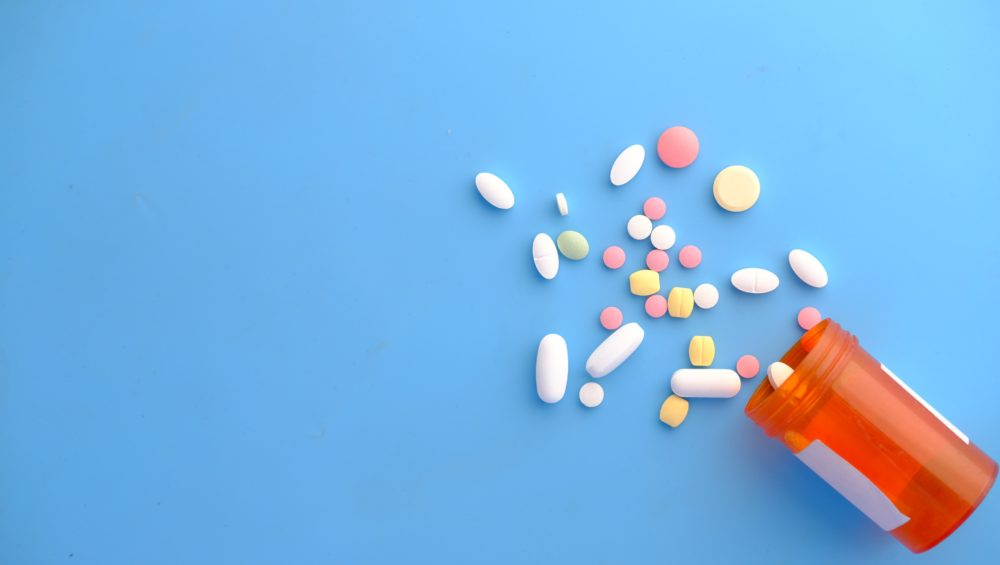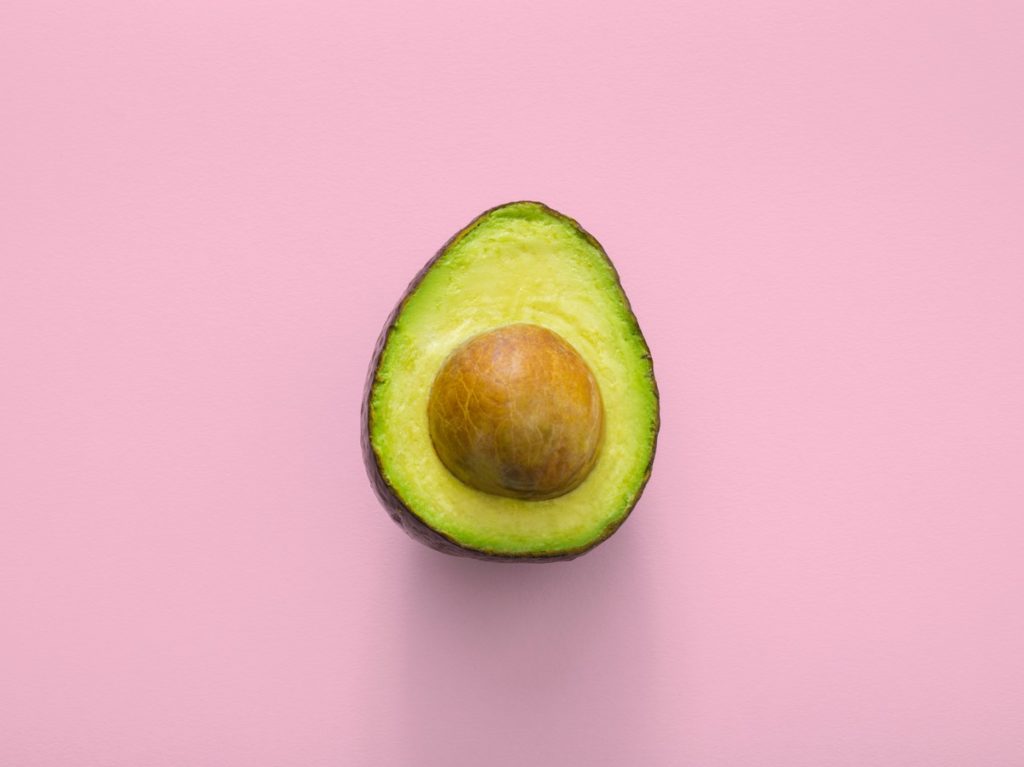Don’t be embarrassed. From signs and symptoms to how to prevent infections, we answer all of your burning questions about this common health issue.
What is candida?
Candida (not Canada!) is a yeast that lives on the skin and inside the body. It can be naturally found in places such as the mouth, throat, gut and vagina. Centers for Disease Control and Prevention describes candidiasis is a fungal infection that occurs when there is an excess of candida species (most commonly Candida albicans). Ballarat Naturopath Inka Ferkova explains the how candida signs and symptoms often present.
Candida feeds on sugars, simple carbohydrates and fermented products like alcohol and cheese. Candidiasis can occur as a result of taking antibiotics, a hormone imbalance (the pill is a major factor in this), stress and poor nutrition. These factors can affect the balance of healthy organisms in the gut and enable the bad microbes to multiply.
What are the signs and symptoms?
Candidiasis can present in a myriad of symptoms depending on which part of the body the candida has taken over. Some of the following symptoms may be an indicator of candidiasis:
Digestion
- Bloating
- Gas
- Burping
- Flatulence
- Constipation
- Alternating between diarrhoea and constipation
Urino-genital problems
- Vaginal itch/burning
- Vaginal discharge
- Repeating cystitis
- Thrush
- Urinary urgency
- Burning on urination
Catarrh (nose/throat) symptoms
- Sinus congestion
- Catarrh (build-up of mucus in the back of the nose, throat or sinuses)
- Postnasal drip
- Tickly cough
- Dry mouth or throat
- Sore throat
General symptoms
- Joint pains
- Fungal infection of fingernails
- Headaches
- Mood swings
- Poor concentration
- Athlete’s foot
How can I prevent it?
Increase hydrochloric acid, pancreatic enzymes and promote bile flow to stop the overgrowth of candida
- Improve immunity by increasing the intake of vitamin C, zinc, vitamin E and selenium
- Increase alkaline-forming foods (like fruits, vegetables, soybeans, tofu, some nuts, seeds and legumes) and lower acid-forming foods (such as dairy, eggs, meat, most grains, processed/canned and convenience foods)
- Eat fruits alone and always on an empty stomach
- Eat protein with non-starchy and/or sea vegetables
- Eat grains, grain-like seeds and starchy vegetables with non-starchy and /or ocean vegetables
- Use stevia as your chosen sweetener
- Eat till your stomach is 80% full and leave 20% empty for digestion
- Include some fermented foods like kimchi, sauerkraut and kefir every day
If you suspect an overgrowth of candida, our naturopaths are in store every day to discuss your concerns or are available for private consultations for a more detailed diagnosis and treatment plan.







